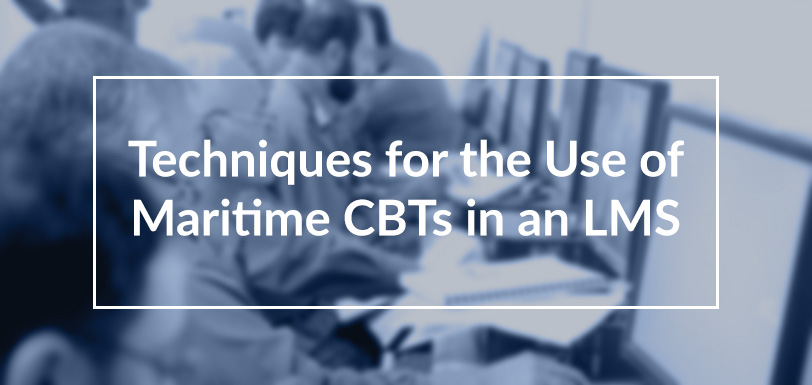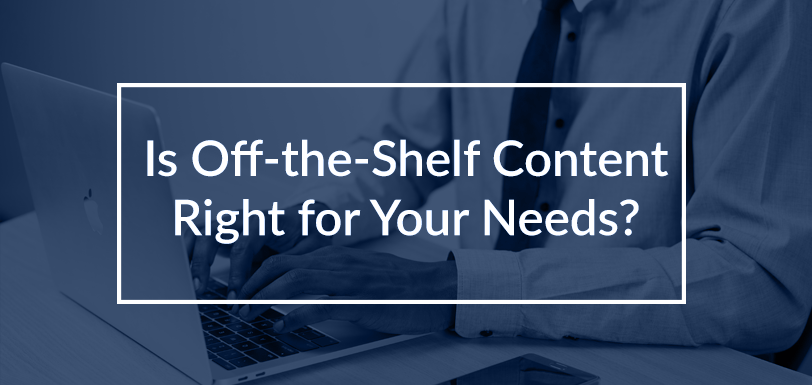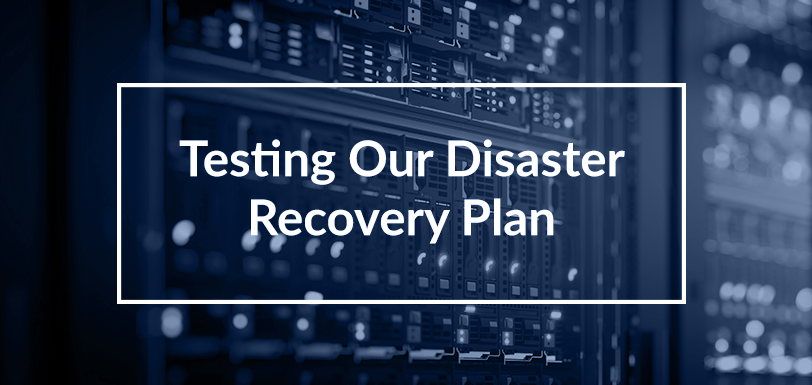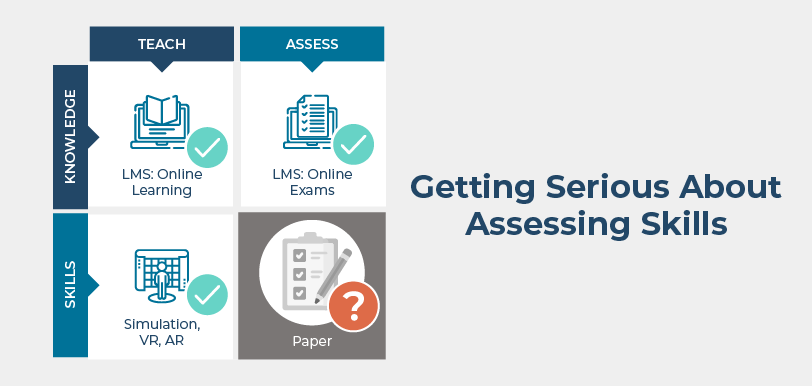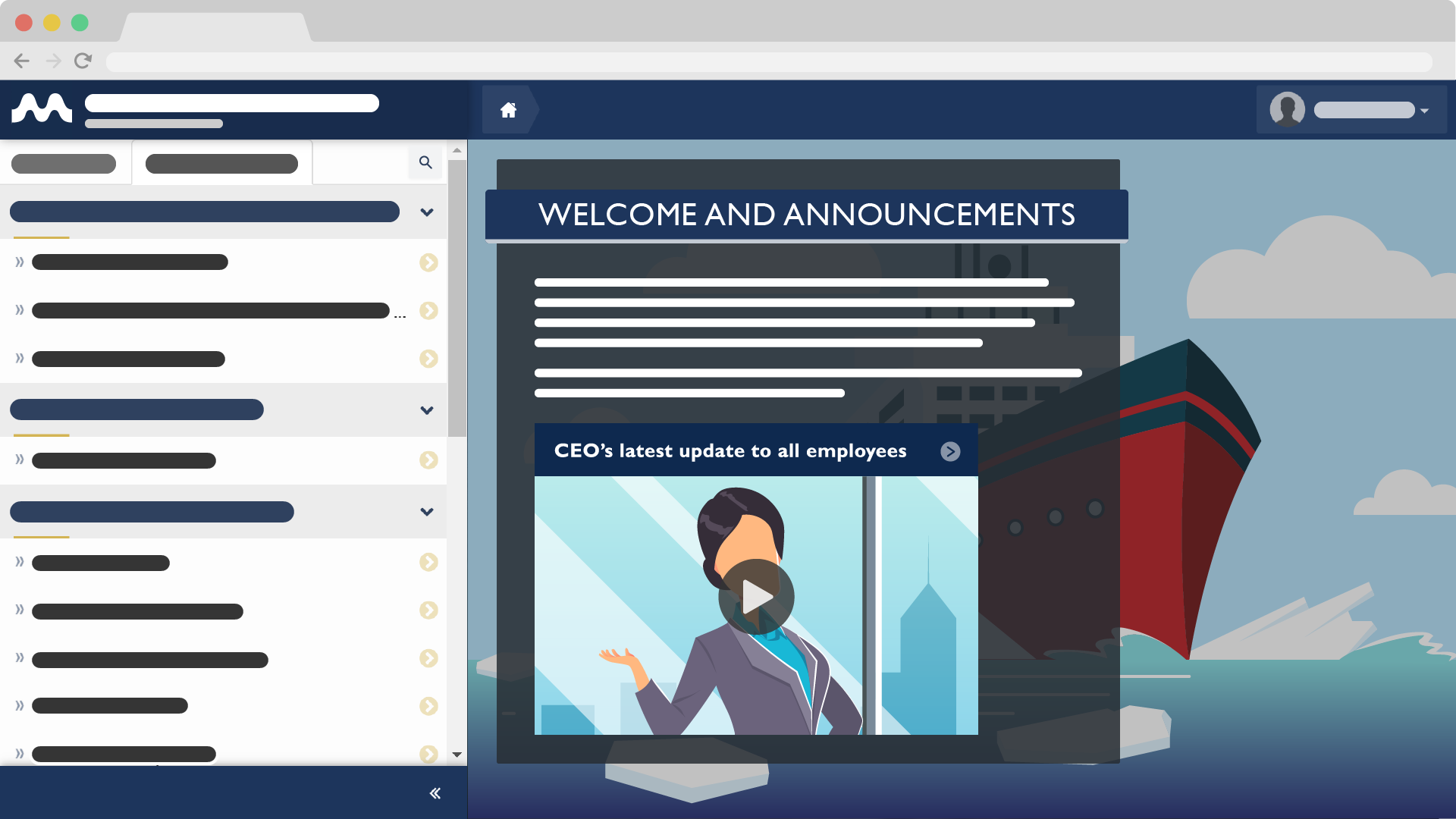Techniques for the Use of Maritime CBTs in an LMS
Jan 5, 2017 Murray Goldberg 0 CBT, eLearning, LMS, Maritime TrainingPhoto above taken by US Air Force Staff Sergeant Matt Davis / CC BY-SA 2.0
This blog post answers the important question of “how” to use maritime CBTs within an LMS. That is – what techniques can be used to combine CBTs and an LMS to maximize learning outcomes, improve training oversight (and insight) and customize training to your own organizational needs – both efficiently and affordably. This is an important topic as it leverages the value of CBTs and as maritime eLearning matures. This is the third post in a series discussing maritime CBTs and learning management systems.
Background
In some sense, CBTs and LMSs are made for one another. The limitations of one are accommodated by the strengths of the other. If you are using an LMS and are struggling to create content, look at CBTs. If you are using CBTs and feel that you need more training oversight for continuous improvement or more flexibility and power, consider looking at an LMS. There are huge advantages for a learning program by combining these two types of resources. I covered these advantages in the second post of this series.
Because of the advantages, eLearning in other industries has evolved to a state where content (CBTs) and delivery platform (LMS) are often used together. LMSs exist which are able to deliver any CBT from any publisher, so long as the publisher of the CBT allows it. The alternative, where an LMS restricts you to certain content would be like buying a DVD player that will only play movies produced by one movie studio. Therefore, in most industries, a company will choose an LMS platform and then populate it with CBTs and custom lessons from a variety of publishers and in-house resources. In this way, an organization is able to take control of their eLearning initiatives and separately choose the platform and content that most closely fulfill their training goals. I covered this topic in the first article of this series.
With this as background, let’s dive into LMS/CBT combination techniques.
Using CBTs inside an LMS
Choosing an LMS and CBTs
For most organizations considering the deployment of an LMS, their goals are typically:
- to unify the training experience (all courses) in one location, whether on-shore or on-board,
- to improve metrics and analysis of the training implementation,
- and to deliver both generic and company-specific training.
These are usually the core considerations, but the truth is that every training provider or vessel operator also has some specific needs to satisfy with respect to functionality, integration, etc. As such, their first step is to choose an LMS that will satisfy their requirements.
Once an LMS is in place, the equally important issue of training content arises. Where does the content come from? Each organization is likely to utilize multiple sources, in-house and outside, during the evolution of their eLearning implementation.
On one hand, there is a desire to show results by deploying quickly. On the other hand, there is a lot to learn and we all learn from our mistakes, so it is best to deploy incrementally. In my experience of having worked with about 4,000 organizations as they deploy eLearning, it is clear to me that implementations are almost always more successful in the long run if their creation is incremental rather than immediate.
This is where CBTs come in. They often represent high quality learning content that can be deployed quickly for immediate positive effect, and yet still form an important component of your long-term eLearning content offering. Fortunately there are a number of excellent CBT publishers in the maritime industry. Some with a wide catalogue of titles and others who specialize in one area or another.
Putting Them Together
So how do we use an LMS together with CBTs? There are two parts I’d like to cover here – the technical aspects of combining an LMS and CBTs, and the learning aspects. Let’s look at the technical aspects first.
The Technical Side
As mariners, you are already very familiar with standards – they abound in the industry (such as the STCW and ISO). It turns out that there is a particular set of standards which define what eLearning content looks like as well. The primary standard being SCORM. I, happily, was a very small part of the definition of these standard when, in the late 1990’s, I was asked to advise the people at the IMS Project who began the work which led to these standards.
There are now several versions of the SCORM standard, the most commonly adhered to being SCORM 1.2. The implications of the standard are more important than the details, but to give you something to talk about around the water cooler I’ll mention that SCORM defines:
- what the learning content can consist of (essentially anything that can be transmitted over the web)
- how the content is “packaged” so that a publisher can create a course and send it to a training provider who can then install it on their LMS
- how the content interacts with an LMS
The main implication is that when the standard is adhered to by both the LMS creator and the content publisher, it makes it possible to use/deliver that content (course) in any LMS.
There are other implications as well by adopting SCORM. Below is a subset of a list found from SCORM.com (source found here):
- More places to play the content, and longer life for the content contribute to better returns on investment. This mean that publishers can afford to produce better content.
- The same standard supports content that is very simple and inexpensive to produce, as well as content with very high production value.
- Content can be purchased or obtained from the most appropriate source under the most appropriate licensing arrangements, without being tied to a single content provider or authoring tool.
- You can mix and match content from different sources, without worrying about technical incompatibilities.
- If things go sour and you have to change [LMS] vendors, you can take your content with you.
The bottom line is that if you have an LMS which supports SCORM, and a CBT vendor who will deliver SCORM content, you will be able to install the CBT into the LMS. Very nice. In this way, it is very easy to establish an eLearning program quickly and effectively. What can often be the expensive and time consuming part – the creation of good learning content, can be bootstrapped by the purchase of a library of well-aligned CBTs.
The Learning Side
Now you have an LMS populated with a library of CBTs. You could go right ahead and turn your trainees loose on the courses. You have good content, reasonable coverage of your learning goals, and the LMS provides you with important management and measurement functionality.
But more than that, what you’ve done is to establish the content and delivery platform enabling standardization and growth. You could also, for a small incremental effort, improve training outcomes. Here are a two examples on how to do so.
Assessments
First, one of the limitations of CBTs is that the assessments which accompany them are often static and limited. The same short exam is given to all of your trainees. There are two issues with this. First, trainees will share the answers to the assessments rendering them less useful as a test of knowledge. Second, company-specific assessment questions are not possible within a CBT. This can be particularly problematic if there are topics which present learning challenges or safety risks in your company. Covering them through additional assessment can be very helpful.
Fortunately, now that your CBT is being delivered in an LMS, there is an opportunity. The LMS assessment feature can add more comprehensive, company-specific, and randomized assessments to your training program.
If you do so, the result will be that after the trainee trains using the CBT, they are then asked to perform the assessment you have added to the LMS. Each trainee’s questions will consist of a different mix and the exam can be proctored, making the sharing of answers less likely and the results much more reliable. In addition, the questions you have added to the LMS assessment can cover all your company-specific assessment requirements – mitigating any identified training or safety risks.
The assessments which come with the CBTs can then be used by the trainee as “formative” assessments, i.e. self-tests. The trainee can perform the CBT assessment after reviewing the content to determine, for themselves, whether they have absorbed the presented knowledge to a reasonable degree. This can help them highlight gaps in their learning, and fill those gaps before proceeding to the official exam in the LMS. This saves time and money, improves the effectiveness of training, and improves the experience of the trainee. All very positive.
Content
Very similar in nature to the assessment issue above is that of content. CBTs can represent very high-quality maritime training content. However, the content is necessarily generic – it is not company specific. Although it’s still very useful to its intended audience, each operator has its own unique routines, organizational structure, equipment, performance and safety issues. As a result, each has its own company-specific training that needs to be covered for safe and efficient operations.
Here, the organization can create (or outsource the creation of) the necessary company-specific content to supplement the CBTs. These additional lessons can be delivered by the LMS alongside the CBTs – creating a uniform learning experience for the trainees. By starting with the CBT and adding to it in this way, there are many advantages:
- The CBT provides a way to get the “base” learning content up and available, quickly and inexpensively.
- The LMS can then be used to build on that material, providing necessary company-specific training “hot topics”, without the expense of having to custom-create the base content.
- The company-specific learning content can be incrementally added to and improved, eventually leading to a valuable library of company-specific training materials.
- Company-specific materials can be updated as necessary in response to newly discovered performance issues or safety risks.
- As the CBT vendor updates and improves their materials, you update the CBTs in your LMS to take advantage of the improved training – without it affecting the investment you’ve made in company-specific content.
- Depending on the LMS, you may also be able to efficiently create vessel-specific learning modules which are seamlessly integrated into your overall training program.
Conclusion
The sum of an LMS and CBTs is far more powerful than either alone, and the incremental cost to use both instead of either one alone is comparatively very small. In addition to getting the training program bootstrapped quickly to provide benefit, it also improves trainee experience and training outcomes, and it sets the stage for a future of standardization, uniform access to training, growth and continuous improvement. All this, of course, means improved safety and operational performance.
The next blog post in this series is going to look at eLearning content more generally – its types, sources, and ideas for how to efficiently build a maritime eLearning content asset. If you would like to be notified by e-mail when the next blog update become available, please sign up here.
Follow this Blog!
Receive email notifications whenever a new maritime training article is posted. Enter your email address below:
Interested in Marine Learning Systems?
Contact us here to learn how you can upgrade your training delivery and management process to achieve superior safety and crew performance.
I am text block. Click edit button to change this text. Lorem ipsum dolor sit amet, consectetur adipiscing elit. Ut elit tellus, luctus nec ullamcorper mattis, pulvinar dapibus leo.


